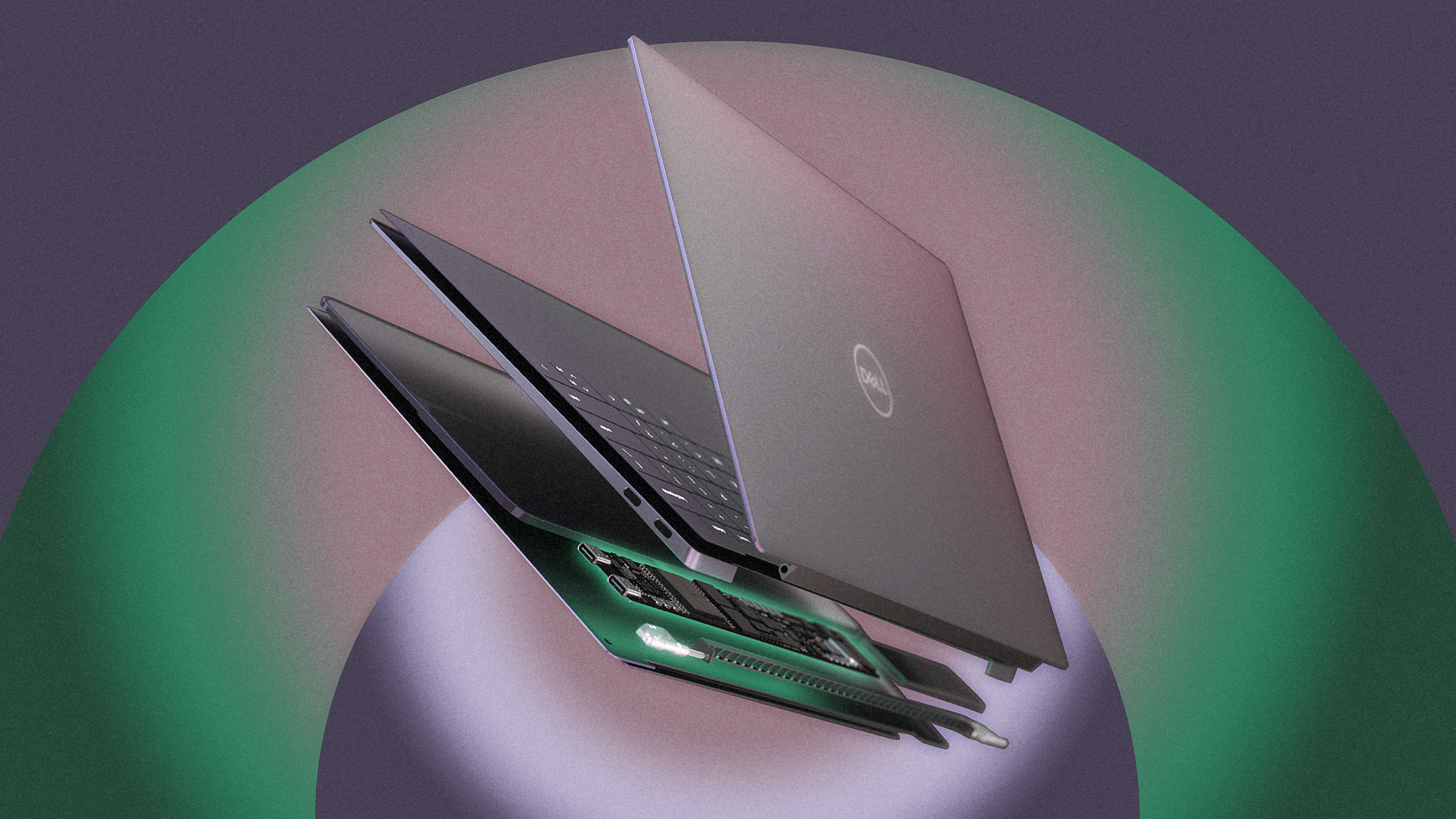As our electronics die and are replaced by newer, faster models, there isn’t much of an infrastructure for recycling them. Most of that e-waste eventually ends up in landfills. But the industry is beginning to move toward circular design—including Dell, which is working to redesign every part of its products so that they can be recycled or reused rather than thrown out. By the end of the decade, for each product that it sells the company also aims to recycle or reuse an equivalent product.
“We stepped back and we started thinking about what would really accelerate our progress moving from what I call a linear life cycle to a more circular one,” says Ed Boyd, SVP of Dell Technologies Experience Design Group. The company set a 2030 goal for circularity last year without knowing exactly how it could be accomplished. Now it’s exploring the details of how each product can be made, upgraded, and eventually recycled.
A typical laptop might have more than 200 components made from multiple materials that are glued and screwed together. When the device wears out, it isn’t simple to recycle. “When you talk to a lot of recyclers, they’ll tell you if this thing takes an hour to disassemble, we’re not going to make any money in the process,” Boyd says. “There’s not an economic value in doing that. So I imagine that’s the reason why a lot of materials end up in waste streams and landfills.”
Boyd and the design team often visit recycling centers to try disassembling products themselves. “You can tell that the products have not been designed for full disassembly,” he says. “It’s not a simple design problem, but it’s a design problem that I think we can solve.”
In one prototype, for example, the team is testing a design that would let someone push a pin in the side of a device to trigger the whole thing popping apart. “We want to go from something that might take an hour to disassemble fully to two minutes or less. That’s really the goal. It’s not an unachievable thing. It just hadn’t been a design point in the past.”
The company is also focusing on how to make products last far longer. Outer materials may be designed differently to resist signs of wear (or to acquire a patina over time, like vintage tools). Inside, artificial intelligence and machine learning could help the system last longer by making adjustments over time for energy efficiency. Software can continue to be upgraded over the cloud.
“Instead of degrading the moment you buy it and getting slower over time, I can add more processing speed to it throughout its life,” Boyd says. “It’s not only that we can identify problems and fix them. We can also actually augment the products so that they perform and have access to more capabilities over their life cycle. Imagine buying a PC and it lasts for 10 or 15 years, because it’s faster in year 10 than it was in year one.”
The company is already beginning to incorporate some recycled materials in products, such as carbon fiber from the aerospace industry in laptops, and ocean-bound plastic in packaging. But as e-waste recycling scales up, there will be a greater supply of materials from Dell’s own devices that can go back into future Dell products. As the company takes back products, the devices can also be refurbished for second and third life cycles with other customers.
The company is also beginning to test selling devices as a service, making it easy to get products back when customers no longer need them. Boyd says that moving toward circularity can solve customer pain points. “If you look at devices today, most of them are hard to set up, they’re hard to maintain, they are hard to repair and fix, they’re expensive,” he says. In the future, he says, with devices sold as a service instead, “I have access to my data and information and applications on any screen. It follows me where I go. The devices are designed to run and last longer. They don’t degrade. As I was talking about earlier, they actually get better with time.”
The changes are challenging—Boyd says that the company is moving internally as fast as it can to meet its 2030 goals, and the whole company is engaged in the project, not just the design team. But it’s something that’s achievable. And as Dell makes progress, it plans to share ideas openly with the rest of the industry. Boyd contends, “This is not a competition.”
Recognize your brand’s excellence by applying to this year’s Brands That Matter Awards before the early-rate deadline, May 3.
